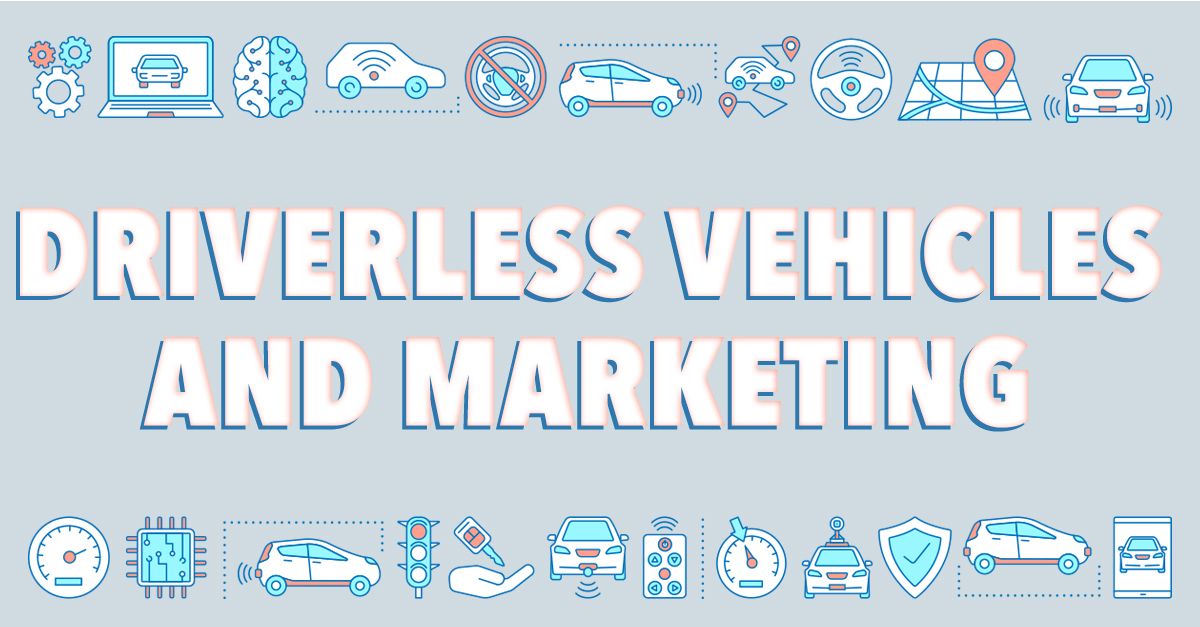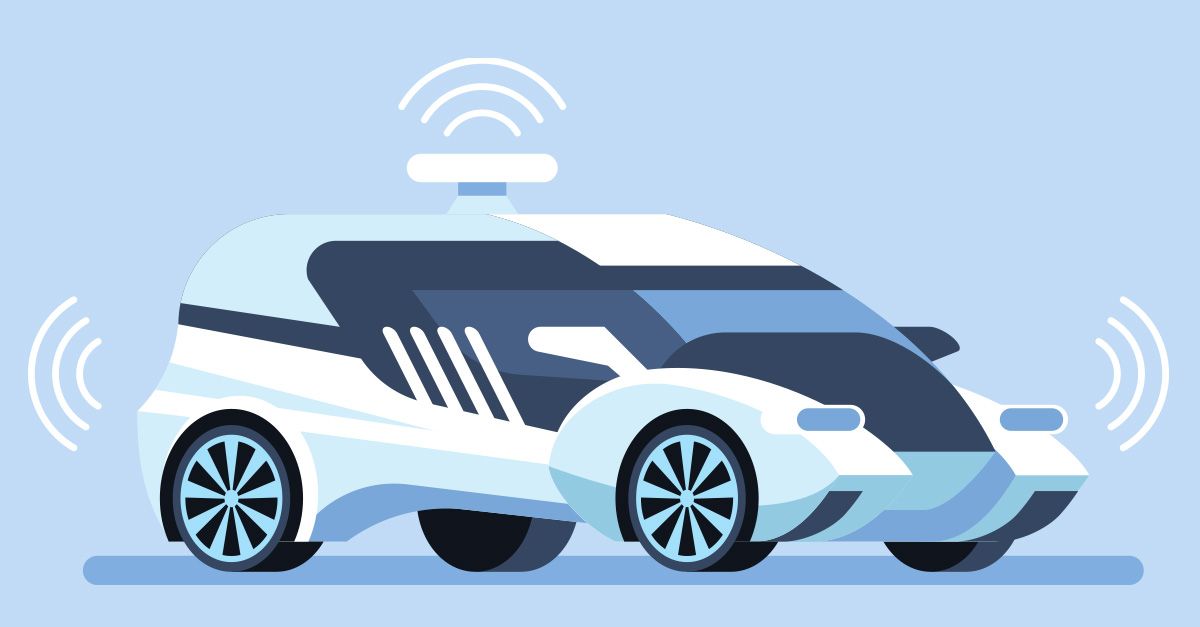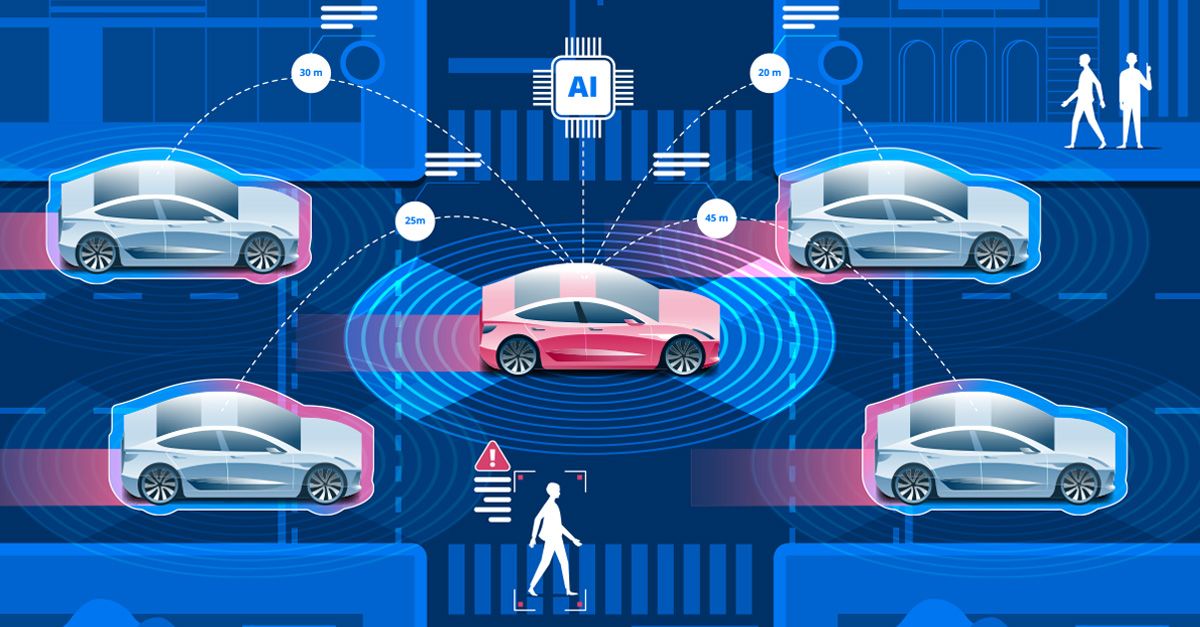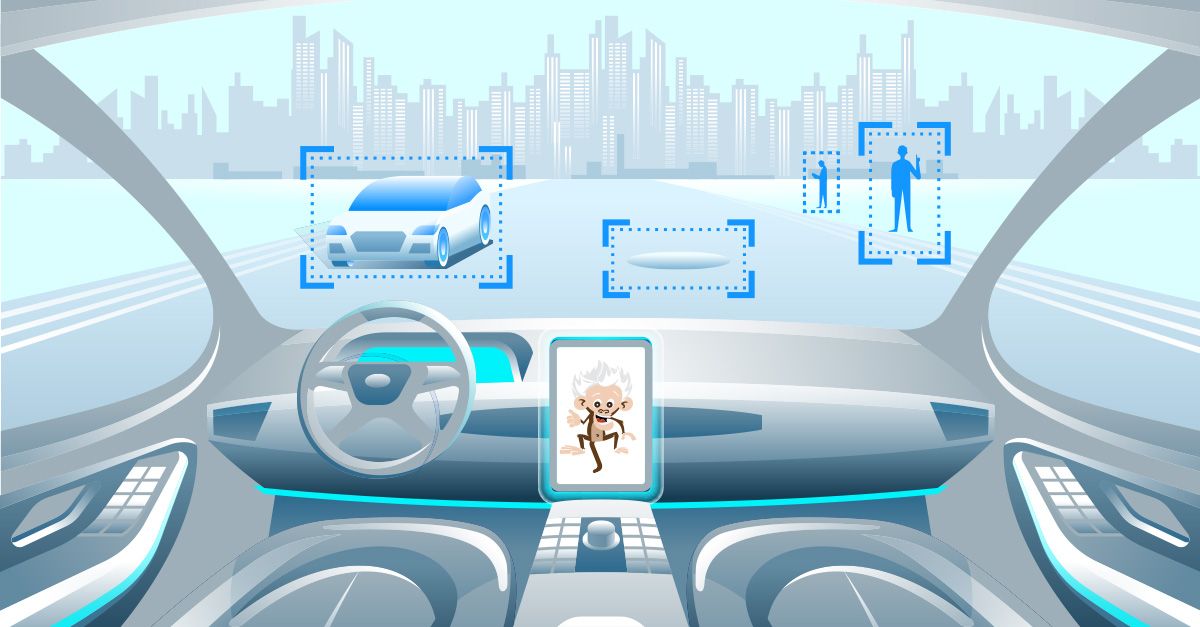
Autonomous vehicles (otherwise known as self-driving cars (or driverless cars) are beginning to make their way onto our roads and highways. These latter-day driving machines use sensory data collected from their surrounding environment to navigate the roadways sans the help of a human driver. Case in point:
- Uber recently ordered 24,000 fully autonomous Volvos
- Tesla just introduced an electric-powered long-haul tractor trailer with self-driving capabilities, and UPS has pre ordered 125 of them
- Google just ordered several thousand autonomous vehicles for its self-driving fleet (currently operating on the roads of Arizona)
- Google is expected to serve ads in their self-driving cars
- driverless car revenue in the US is expected to reach roughly $2.3 trillion by 2030
While the technology isn’t yet flawless, it’s quickly rising as an emerging global market. In fact, by 2025, the market for partially-autonomous vehicles is forecasted to reach $36 billion! The fully-autonomous cars are now moving up the financial ladder, already at $6 billion … and counting.

According to UBS researchers, the business is sitting on a $1.2 trillion opportunity in the form of robo-taxi rides, alone. The competition is already starting to heat up between Uber and Lyft, who are both vying for dominance in the autonomous experience, and the profitable opportunities that come along with it.
Companies are keeping their ears close to the tracks as they explore methods of profiting from these advancements, including the advertising industry. It’s expected that Google will serve ads to those riding in their fleet of self-driving vehicles. UBS researchers have indicated that the tech giant could capture more than 60% of the ad market in the future. With an audience that is completely “captive,” so to speak, there is a gap that needs to be filled in order to tie the entire experience together. Passengers could see digital ads served via websites, banners and video during their ride, and that’s just the speculative beginning.

The excitement about Google and the online marketing possibilities for autonomous car passengers comes as no surprise. They are heavily invested in their existing automotive projects such as the Android Auto, their current flagship in-vehicle platform. It’s now available in several vehicles, including Nissan, Audi, Volkswagen and Ford. This has been placed in millions of cars that will someday be enhanced with driverless capabilities.
The impact of driverless vehicles is slated to be a huge paradigm shift for not only passengers, but advertisers, as well. According to Jeremy Hudgens, Genius Monkey’s SVP and Director of Client Solutions, “We don’t just see driverless vehicles offering passengers random content from movies and TV. What we see is an opportunity for highly-personal programmatic targeting as we serve relevant ads to passengers, based on who they are, what their destination is, and so many other factors. It’s a win-win situation for the brand, as well as the passenger!”

As most of our readers know, we at Genius Monkey believe that in order to lead the marketing pack, brands must be present to potential customers at all times, on all screens, including those that are in front of them as they make their way to their destinations in a fully autonomous vehicle.




